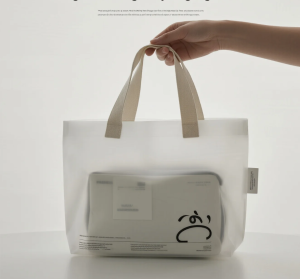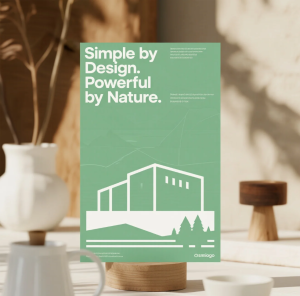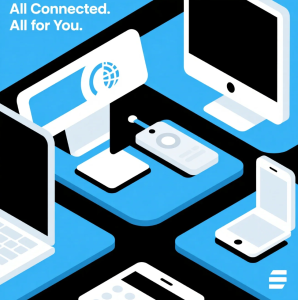In the past, our homes, workplaces, and devices worked independently — each serving a single function.
Today, integrated living is transforming that landscape.
Through seamless connections between technology, design, and human experience, integration brings convenience, efficiency, and intelligence into every aspect of daily life.
From smart homes to unified workspaces, integration isn’t just a trend — it’s the foundation of the future.
🏠 Smart Homes: Where Everything Works Together
Imagine waking up to a home that already knows your routine.
Your lights adjust automatically, your coffee brews, and your thermostat sets the perfect temperature — all without you lifting a finger.
This is the promise of integrated living.
By connecting systems like lighting, security, and energy management, smart homes streamline daily tasks and reduce energy waste.
Integration not only enhances comfort but also promotes sustainability and smarter resource use.
💼 Unified Workspaces: Collaboration Without Boundaries
Remote and hybrid work models have accelerated the need for digital integration.
Modern companies rely on platforms that unify communication, project management, and data analytics — creating a cohesive ecosystem for teams around the world.
The result?
More productivity, fewer delays, and a stronger sense of connection, no matter where employees are.
This integration of tools and systems empowers businesses to adapt faster and operate smarter.
🧠 Human-Centered Design: The Heart of Integration
Technology alone can’t define the future of living — people do.
The most successful innovations focus on enhancing human experience through design that feels natural and intuitive.
Think of wearables that track health seamlessly, or AI assistants that anticipate needs based on context.
When integration aligns with human behavior, technology becomes invisible — it simply works in the background to make life better.
🌱 Sustainability Through Smart Systems
Integration also plays a crucial role in creating a sustainable future.
By linking appliances, vehicles, and city infrastructure through IoT networks, energy and water use can be optimized in real time.
Smart cities are already using integrated systems to manage waste, control traffic, and monitor air quality — all contributing to a cleaner, greener world.
🚀 The Future: From Convenience to Consciousness
The next evolution of integrated living goes beyond automation — it’s about awareness and adaptability.
Imagine ecosystems that learn from your habits, anticipate your needs, and adjust to your lifestyle.
Integration will no longer just make life easier — it will make it more meaningful and responsive.
In this new era, everything — from the devices in your home to the systems that run your city — will work together as one intelligent network.
✨ Conclusion: Living in Harmony with Innovation
As technology continues to evolve, the true power of integration lies in connection and coherence.
By bringing together multiple systems into a single, unified experience, integrated living redefines what it means to live, work, and thrive in the modern world.
The future isn’t fragmented — it’s seamlessly connected.
From many, we move toward one. And in that unity, we find a smarter, more sustainable way to live.




